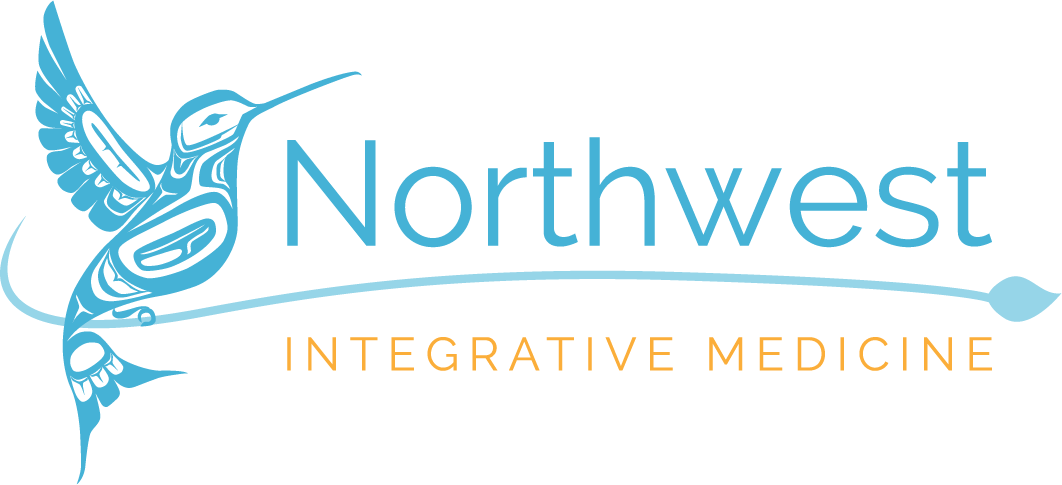
Pain is one of those things that can make or break a day. For those of us with chronic pain, we tend to have good days, bad days, and those days that we just don’t want to get out of bed or deal with other people, even loved ones. The longer we struggle with it, the more it seems to reach out and affect our lives. BUT- the good news is that more and more new options are coming out to can relieve symptoms and even support recovery of crippled physiologic systems.
Back in the day, say 15 years ago, if you went in to a doctor’s office with a complaint of long standing pain, you would most likely have been prescribed one of two things- an NSAID (non-steroidal anti-inflammatory drug), such as ibuprofen or Celebrex, or an opioid. This may or may not have come with a referral to physical therapy. Next came injections with steroids, or even surgery. For most, this was not all that helpful and had secondary consequences such as digestive issues, higher and higher drug burden and the need for ongoing surgeries.
Over and over again it has been shown that these options can have side effects that can be worse than the original pain. For instance, NSAIDs have now been linked to increased risk of acute kidney failure, damage to the digestive tract, heart attacks, heart failure and strokes.1 Steroid injections are associated with cartilage degeneration2. Opioids come with a whole host of issues, the least of which is chemical dependence and addiction. There are still times when these medications and invasive treatment options are needed, but all too often they don’t deliver the intended effect and end up causing new problems.
Thank heavens, the health field is figuring out new therapies and treatment strategies for chronic pain. Today, the world of integrative pain management has opened up as has our understanding of how pain works, what causes it and some natural options that support your body with fewer side effects. Integrative pain management includes looking at the overall function in your body systems, underlying contributing factors of your pain, your quality of life, and your personal health goals. Instead of just a pill to try to cover up the pain, we work to build your body’s normal function back up and to support improved structure. Pain relief medications and supplements are often utilized throughout this process, but they should never be the only component of your care.
For instance, in some cases, there are structural elements that are contributing to pain. This can be joints that are “subluxed” or not in optimal position and have poor mobility. Muscles can go into chronic spasm and pull on the local area, creating tension in the area and pain or can become so weak that they no longer support the joint correctly. Ligaments can become damaged or elongated causing instability in the joint. Each of these has options for treatment. Integrative providers use a wide variety of specialists and procedures to help correct and support healing of these tissues. Some examples include joint manipulation, craniosacral therapy, visceral manipulation, acupuncture, physical therapy, massage therapy, and injection therapies (trigger point injections, prolotherapy, PRP injections, and peri-neural injection therapy). Your physician learns about the history of your pain to best choose the option(s) that will be the most helpful for you.
Beyond these types of external treatments, our understanding of how chronic pain develops continues to grow. Pain can be influenced by mood and trauma, by stress, by hormones, by inflammation and even your digestion. It lives in muscles, tendons, bones, and even in your nerves and brain. By understanding which parts of your body are affected and the systems that are not working optimally, an individualized approach can be developed to help provide relief as well as address the underlying causes. This can involve looking at nutrient levels, hormones, inflammatory and metabolic markers, digestive function panels, food reaction testing, heavy metal analysis, neurotransmitter or even genetic testing. Not all of these are right for every patient and the goal is not to run all the tests- it is to pick ones that are going to help target treatment to get results.
When it comes to chronic pain, it is almost always a combination of several things. Each person has a story and a history, has a particular constellation of symptoms that helps the provider know what testing and treatments are going to serve you best. But the point is there are so many options! Even if you have had pain for decades, there is hope for relief and new solutions. Health is always a journey, and with pain it is no different. There will be ups and downs but keep your head up- the road continues to unfold and relief is becoming more and more available
Resources:
- Charlesworth, Jonathon, et al. “Osteoarthritis- a systematic review of long-term safety implications for osteoarthritis of the knee..” BMC Musculoskeletal Disorders, BioMed Central, 9 Apr. 2019, https://bmcmusculoskeletdisord.biomedcentral.com/articles/10.1186/s12891-019-2525-0.
- Cooper, Cyrus, et al. “Safety of Oral Non-Selective Non-Steroidal Anti-Inflammatory Drugs in Osteoarthritis: What Does the Literature Say?” Drugs & Aging, vol. 36, no. S1, 2019, pp. 15–24., doi:10.1007/s40266-019-00660-1.

